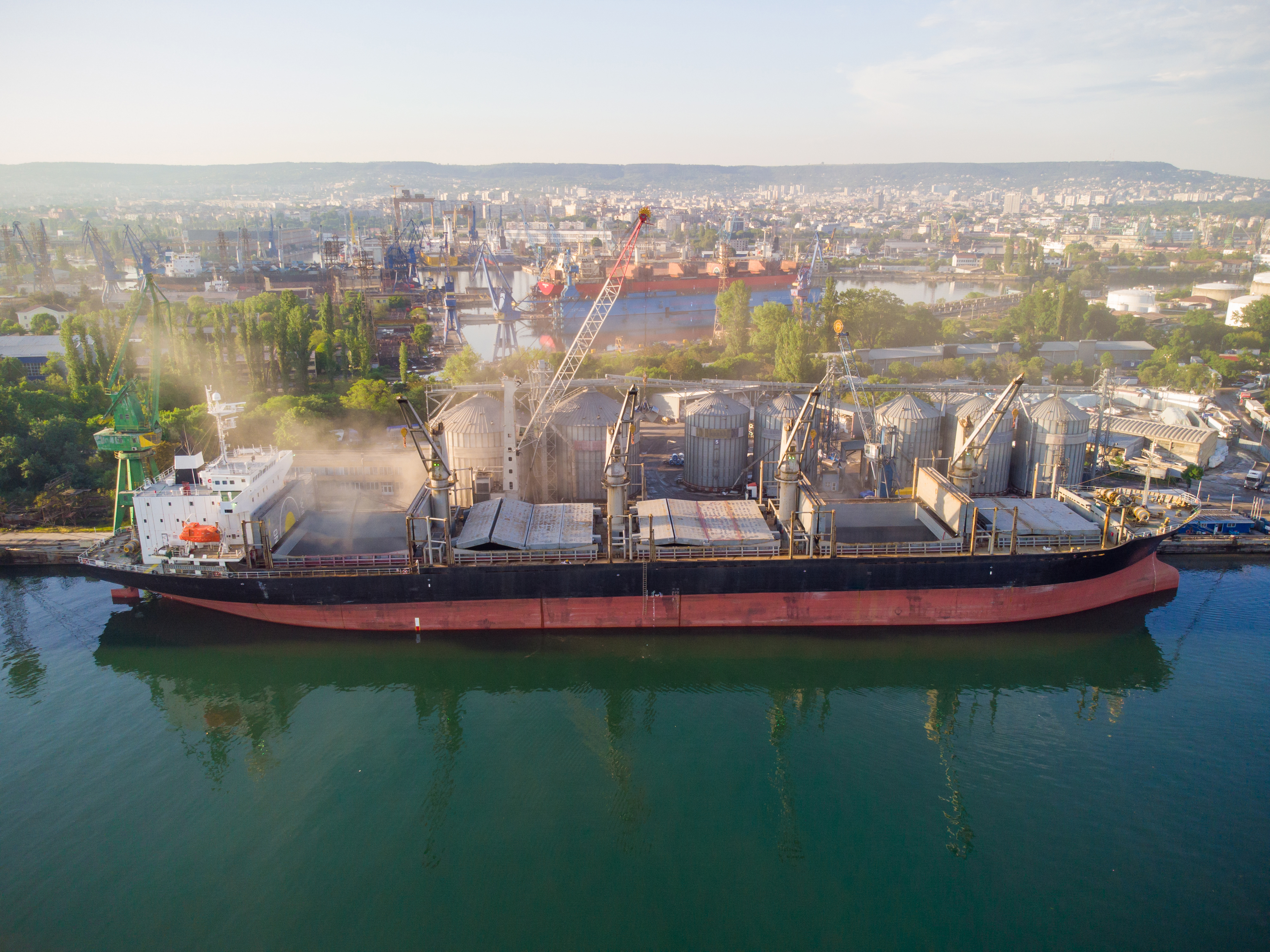Effective packaging and storage practices are vital in the coal industry to maintain product quality, ensure safety, and comply with environmental regulations. By employing appropriate technologies, adhering to safety standards, and considering environmental impacts, companies can enhance their operational efficiency and sustainability in coal handling.
Packaging Considerations
Bulk Packaging: Coal is primarily transported in bulk, using open-top bulk carriers or specialized bulk containers. This method is efficient for large volumes.
Bagged Coal :Smaller quantities may be packaged in durable bags made from polyethylene or polypropylene, suitable for retail and household distribution.
Labeling :Proper labeling is essential for safety and identification, providing information regarding the type of coal, weight, and any hazard warnings.
Dust Control :Packaging systems must minimize coal dust emissions during handling and transportation to comply with environmental regulations and maintain safety standards.
Storage Solutions
Outdoor Stockpiles: Large quantities of coal are often stored in covered or uncovered stockpiles. Weather-resistant covers can reduce moisture and pollutant exposure.
Silos :For bagged coal, silos equipped with dust control systems can preserve product quality and facilitate efficient handling.
Capacity Planning :Facilities should account for seasonal fluctuations in coal supply and demand, ensuring that storage capacities are adequate to maintain consistent operational flow.
Layout and Organization :Efficient layouts for storage areas can optimize space utilization and facilitate better access for loading and unloading operations.


